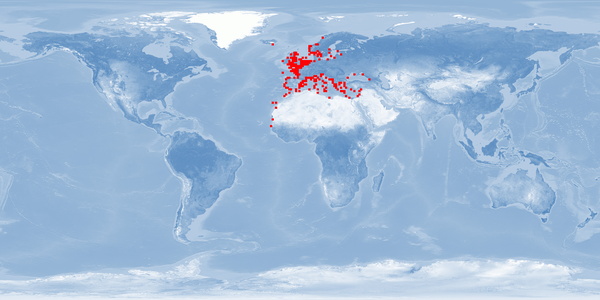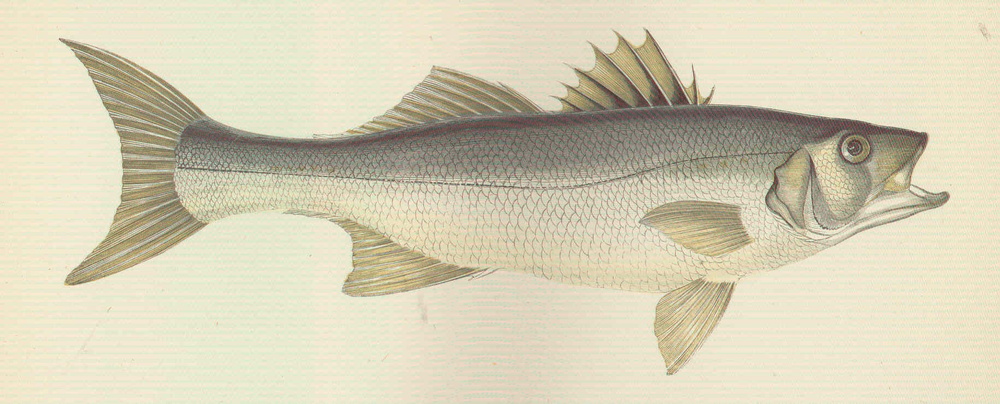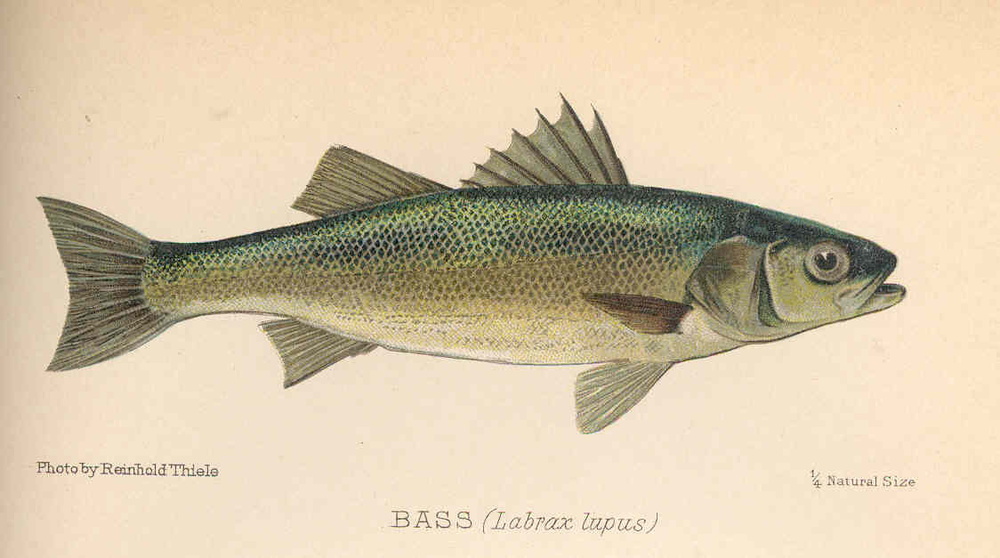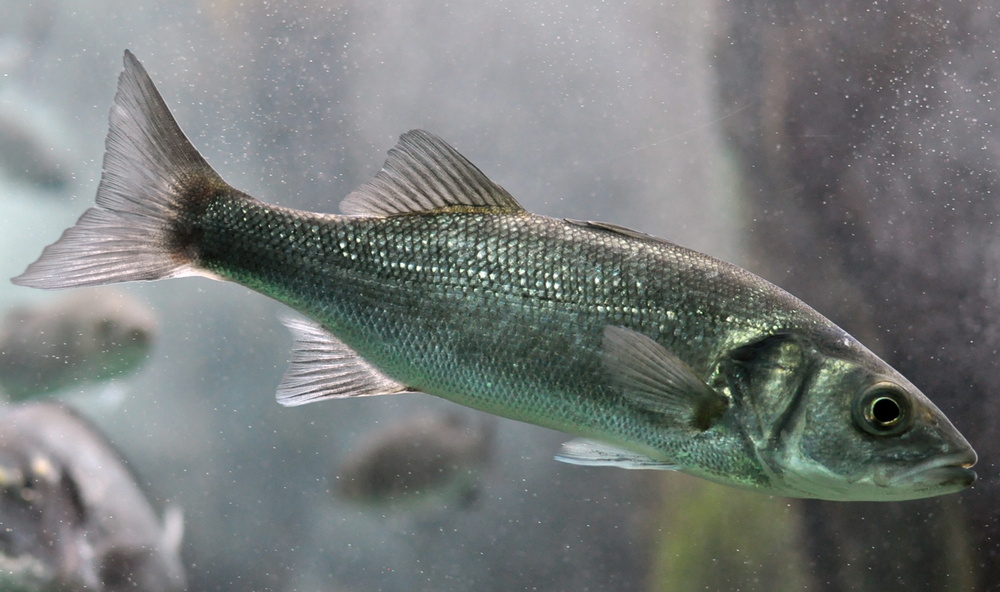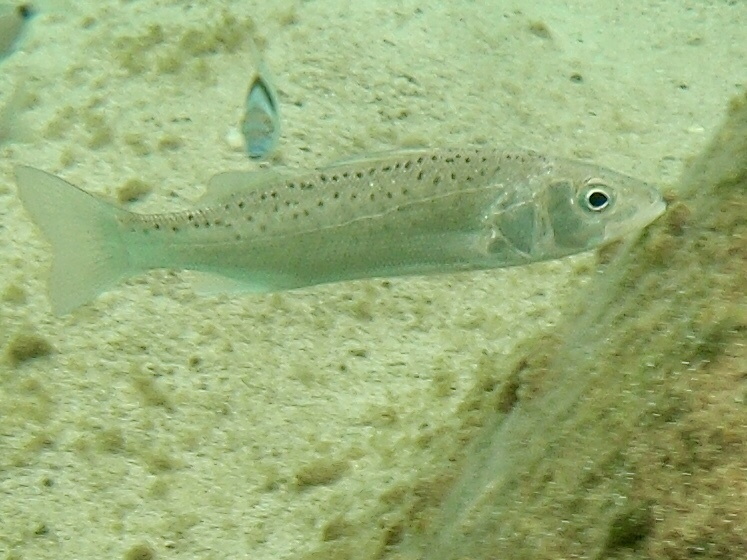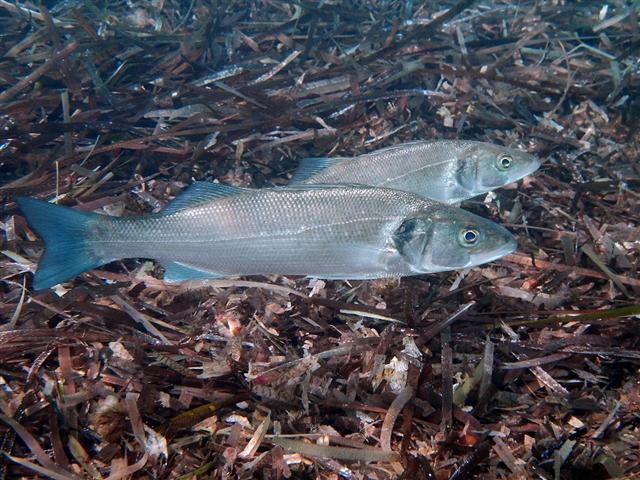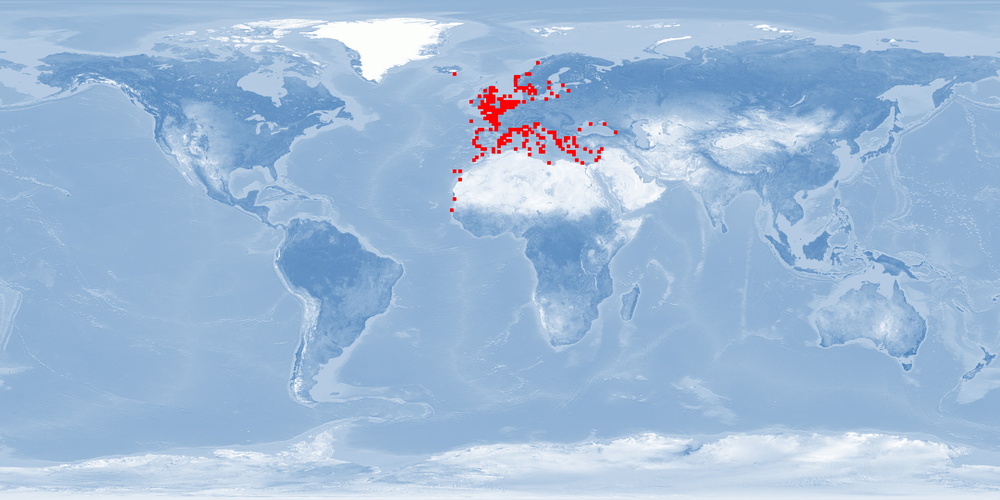Farming remarks
Dicentrarchus labrax, a moronid from the Eastern Atlantic and the Mediterranean, is a valuable species for aquaculture, dominating the Mediterranean marine finish culture together with Sparus aurata. Many aspects of its biology, however, are not taken into consideration in farming conditions, especially in intensive culture which represents the most frequent farming system using sea cages. Raceways, tanks, and ponds are also used, but to a lesser degree. Despite recent advances in nutrition, there is still dependence on unsustainable feed sources such as fish meal and oil. Many behavioural aspects are yet to be fully understood, namely on reproduction, where courtship processes are unknown and spawning has largely to be artificially induced. Spatial needs are also an issue, since farming conditions are generally too restrictive of natural movement. This species is known to be highly sensitive to stressors at all life stages, although good practices can greatly reduce stress effects. A proper culture system, providing shelter and substrate, reducing densities based on natural numbers and increasing space are measures that should contribute to better farming practices.
For details see: WelfareCheck | farmFor recommendations see: Advice | farm








